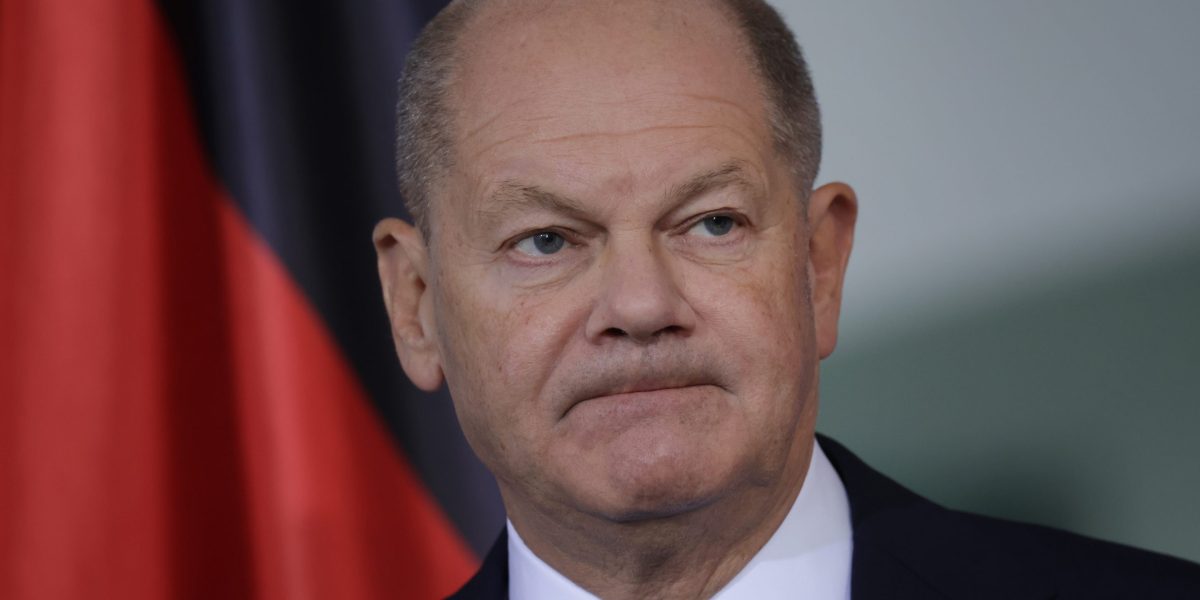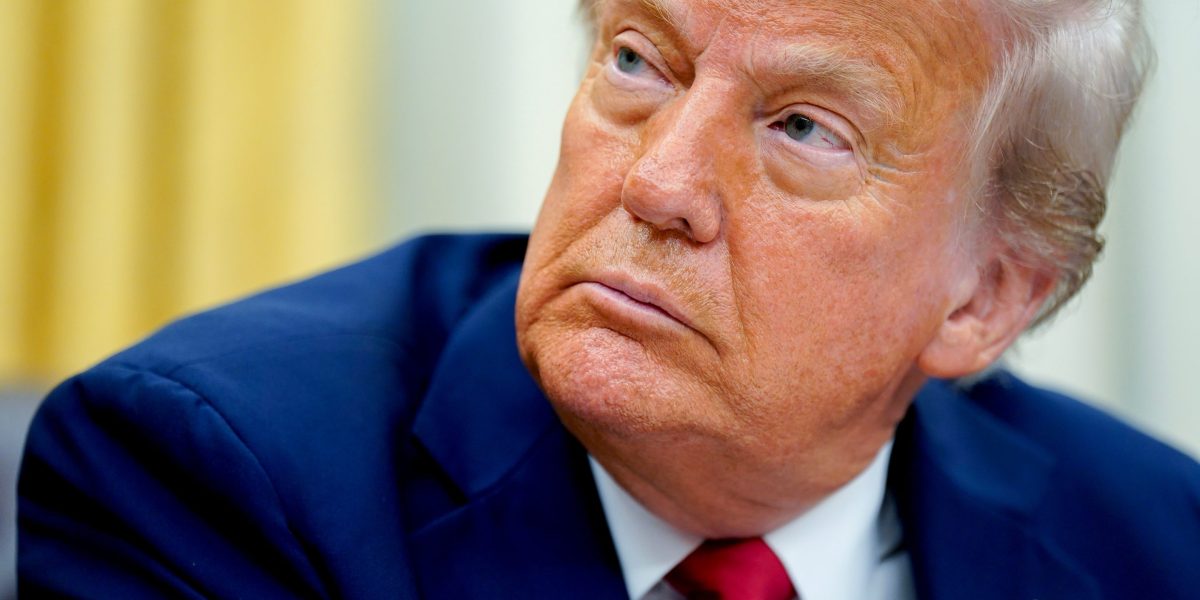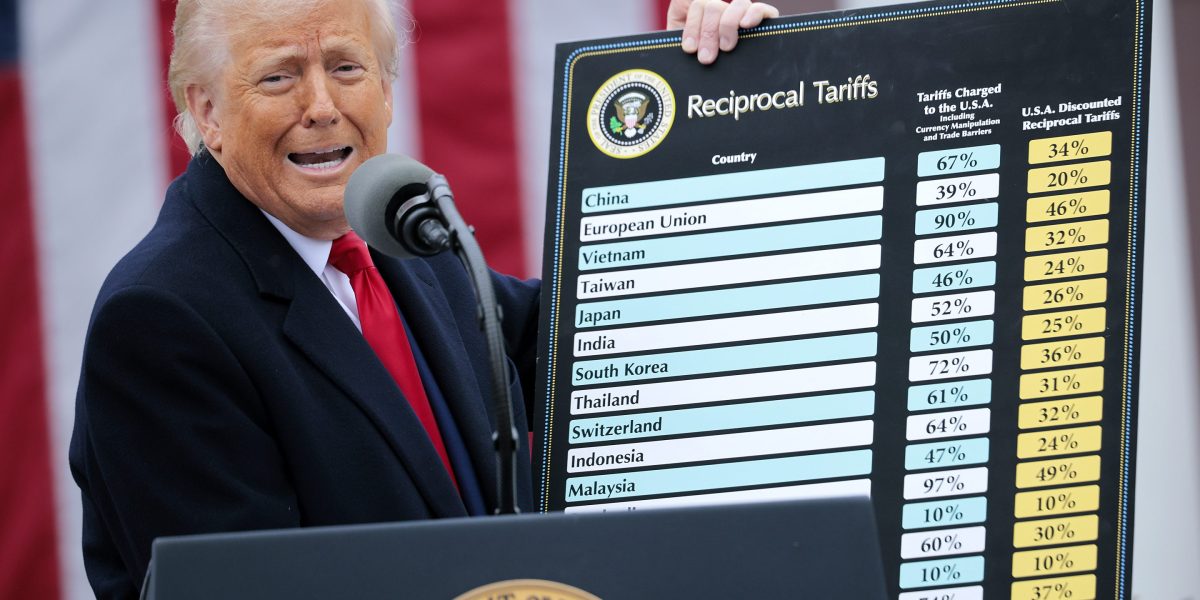Amazon has put in a bid to purchase TikTok, a Trump administration official said Wednesday, in an eleventh-hour pitch as a U.S. ban on the platform is set to go into effect Saturday.
The official, who was not authorized to comment publicly and spoke on the condition of anonymity, said the Amazon offer was made in a letter to Vice President JD Vance and Commerce Secretary Howard Lutnick.
The New York Times first reported on the bid.
President Donald Trump on Inauguration Day gave the platform a reprieve, barreling past a law that had been upheld unanimously by the Supreme Court, which said the ban was necessary for national security.
Under the law, TikTok’s Chinese-owned parent company ByteDance is required to sell the platform to an approved buyer or take it offline in the United States. Trump has suggested he could further extend the pause on the ban, but he has also said he expects a deal to be forged by Saturday.
Amazon declined to comment. TikTok did not immediately respond to a request for comment.
The existence of an Amazon bid surfaced as Trump was scheduled on Wednesday to meet with senior officials to discuss the coming deadline for a TikTok sale.
Although it’s unclear if ByteDance plans to sell TikTok, several possible bidders have come forward in the past few months. Among the possible investors are the software company Oracle and the investment firm Blackstone. Oracle announced in 2020 that it had a 12.5% stake in TikTok Global after securing its business as the app’s cloud technology provider.
In January, the artificial intelligence startup Perplexity AI presented ByteDance with a merger proposal that would combine Perplexity’s business with TikTok’s U.S. operation. Last month, the company outlined its approach to rebuilding TikTok in a blog post, arguing that it is “singularly positioned to rebuild the TikTok algorithm without creating a monopoly.”
“Any acquisition by a consortium of investors could in effect keep ByteDance in control of the algorithm, while any acquisition by a competitor would likely create a monopoly in the short form video and information space,” Perplexity said in its post.
The company said it would remake the TikTok algorithm and ensure that infrastructure would be developed and maintained in “American data centers with American oversight, ensuring alignment with domestic privacy standards and regulations.”
Other potential bidders include a consortium organized by billionaire businessman Frank McCourt, which recently recruited Reddit co-founder Alexis Ohanian as a strategic adviser. Investors in the consortium say they’ve offered ByteDance $20 billion in cash for TikTok’s U.S. platform. Jesse Tinsley, the founder of the payroll firm Employer.com, says he too has organized a consortium and is offering ByteDance more than $30 billion for the platform. Wyoming small business owner Reid Rasner has also announced that he offered ByteDance roughly $47.5 billion.
Both the FBI and the Federal Communications Commission have warned that ByteDance could share user data — such as browsing history, location and biometric identifiers — with China’s authoritarian government. TikTok said it has never done that and would not do so if asked. The U.S. government has not provided evidence of that happening.
Trump has millions of followers on TikTok and has credited the trendsetting platform with helping him gain traction among young voters.
During his first term, he took a more skeptical view of TikTok and issued executive orders banning dealings with ByteDance as well as the owners of the Chinese messaging app WeChat.
This story was originally featured on Fortune.com
Source link


 Entertainment8 years ago
Entertainment8 years ago
 Politics8 years ago
Politics8 years ago
 Entertainment8 years ago
Entertainment8 years ago
 Entertainment8 years ago
Entertainment8 years ago
 Tech8 years ago
Tech8 years ago
 Tech8 years ago
Tech8 years ago
 Tech8 years ago
Tech8 years ago
 Politics8 years ago
Politics8 years ago






